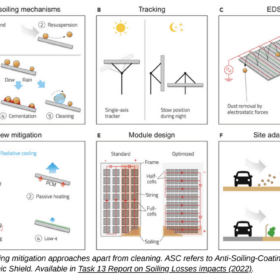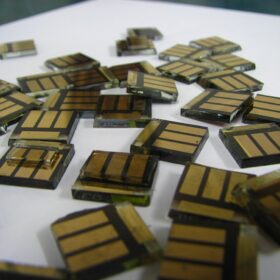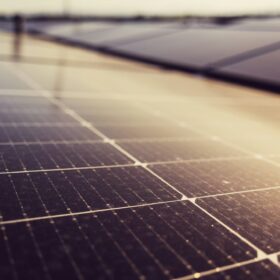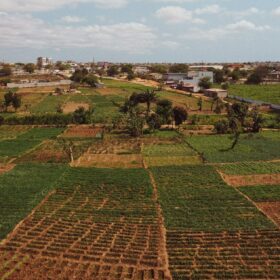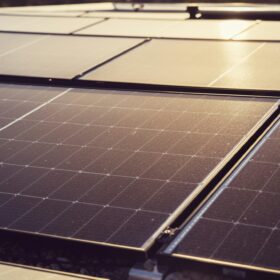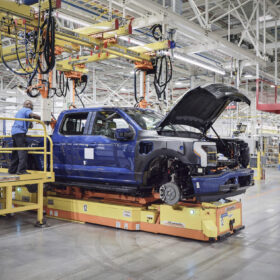IEA-PVPS warns soiling costs solar industry billions per year
The International Energy Agency’s Photovoltaic Power Systems Programme (IEA-PVPS) says dust, pollution, and debris on solar panels reduce output by 4% to 7% worldwide, costing the industry billions of euros annually and making tailored mitigation increasingly urgent.
Tiny pinholes can lead to device failure in perovskite solar cells
Researchers in the United States have found microscopic pinholes in perovskites are responsible for the breakdown of such solar cells when under reverse bias conditions. They say the findings should push scientists and engineers to prioritize the production of pinhole-free films to make perovskites more robust and stable.
Scientists boost organic solar cell efficiency using polymer zwitterions
A research team based in China and the United States has developed electroactive polymer zwitterions to modify zinc oxide interlayers in organic solar cells. Their work was found to passivate defects in organic solar cells, helping to improve device performance and stability.
Canada set to surpass 2024 solar growth with rise in behind-the-meter PV
Canada is on track to deploy more solar in 2025 than it did in 2024, according to the Canadian Renewable Energy Association (CanREA), with behind-the-meter installations having a particularly active year to date.
Nextracker acquires Origami Solar for $53 million
Nextracker has acquired U.S. steel solar frame maker Origami Solar for $53 million, expanding into panel frame production to accelerate installations, support local supply chains and improve system durability.
Canada backs 32 MW Indigenous-owned solar project
Canada is investing CAD 33 million ($23.8 million) in a 32 MW solar project to be built by George Gordon First Nation in Saskatchewan.
Researchers use solar to turn human waste into fertilizer
Stanford University researchers have built a photovoltaic-thermal electrochemical stripping system that extracts fertilizer nutrients from human urine. They say the system could provide a cost-effective alternative in regions with limited access to conventional fertilizers.
PV innovations often originated outside solar sector
Research from the Massachusetts Institute of Technology highlights 81 unique innovations across a diverse range of research efforts and industries that have impacted PV system costs since 1970, the majority of which originate from outside the sector.
Researchers highlight importance of site-specific agrivoltaics design
A research team from Temple University in Philadelphia analyzed the synergies and trade-offs of land conversion to agrivoltaics and other multi-use solar energy landscapes globally. They found that co-located solar systems should be specifically tailored in order to offer optimal performance and minimize negative impacts.
Quebec to offer rebates for home, commercial solar
Hydro-Québec says it will offer financial aid to residential and business customers deploying solar in the Canadian province from next year, with CAN 1,000 ($726.28) available for each installed kilowatt.
